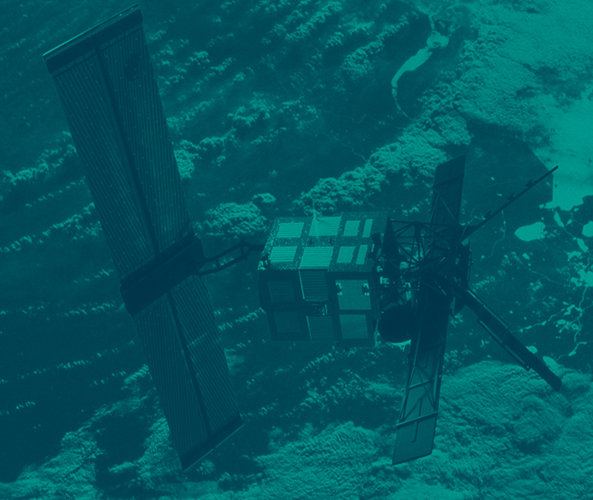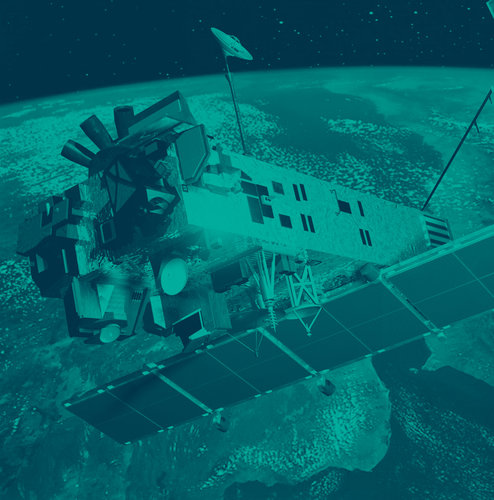Oil, gas and mineral exploration
Oil, gas and mineral deposits are the raw materials that drive the global economy.
As existing reserves dwindle, ensuring an adequate supply for the future requires the exploration of frontier regions for new supplies.
Entering uncharted territory
Inhospitable and inaccessible environments such as desert and Arctic regions are increasingly the focus of survey activities, but exploration managers find it demanding to operate in such uncharted territory, often lacking detailed maps and basic geological information about the areas they are interested in.
Earth observation makes possible the large scale surveying of unexplored regions in a cost-effective manner, providing an additional layer of information to managers to before they make the expensive decision to commit to on-site exploration.
Space sensors looking beneath the surface
Satellite data can map and identify large-scale geological structures related to hydrocarbon and mineral deposits that ground-based surveys may find more difficult to see: satellite radar interferometry can precisely identify surface faults or slight ground motion connected with hydrocarbon reservoirs.
Multi-spectral optical sensors can directly identify different minerals, either valuable in their own right or chemically altered by contact with oil and gas deposits.

Marine exploration
Detecting anomalies in the local gravity field is an accepted prospecting method often carried out with ship surveys. Earth observation can enlarge the field of view, deriving global and regional gravity maps from marine altimeter data.
Seepage from underwater hydrocarbon deposits forms natural oil slicks on the sea surface. Such slicks can be seen using space-based radar, and the tell-tale fact of their repetition can be established by analysing the decade-plus data archive of radar imagery that has been compiled.
Logistics support
As well as assisting with direct search efforts, satellite images can also provide indirect logistics support, for instance planning the most effective placing of sound sources and geophones in order to carry out a seismic survey, or selecting the most suitable sites for extraction facilities.








